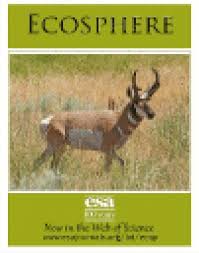Forest and landscape restoration are increasingly popular nature-based solutions to mitigate climate change and safeguard biodiversity. Restoration planning and monitoring implies that a reference ecosystem has been defined to which the restored site can be compared, but how to best select such reference? We tested three different potential natural vegetation (PNV) maps of the same areas in Kenya and Uganda for their utility as ecological references with independent data that were not used when those maps were made. These independent datasets included presence observations of woody species from 76 sites in forest reserves in Kenya and Uganda, and classification of surveyed species into a system that included “forest-only” and “nonforest-only” ecological types. Our tests show that (1) the three vegetation maps largely agree on the environmental envelopes/ranges within which forests occur. (2) There are large differences in how well the maps predict the presence of forest-only species. (3) Two maps, based on empirical observations (V4A and White), predict forest types well, whereas the third, based on climate envelopes only (NS), performs poorly. (4) A large area in Uganda is potentially in one of two alternative stable states. We conclude that it is possible to evaluate the utility of PNV maps at a more detailed scale than the level of biome and ecoregion. This indicates that it is possible to map PNV at scales required for reference for restoration and management of forest vegetation. We recommend that empirically based maps of potential natural vegetation are used in restoration planning (biome and PNV maps based on climate envelopes alone may be unreliable tools) as a baseline model for predicting the distribution of reference ecosystems under current and future conditions. It could conveniently be done by deconstructing the existing biome maps, supported by rapid botanical surveys.
DOI:
https://doi.org/10.1002/ecs2.70030
Altmetric score:
Dimensions Citation Count:





















